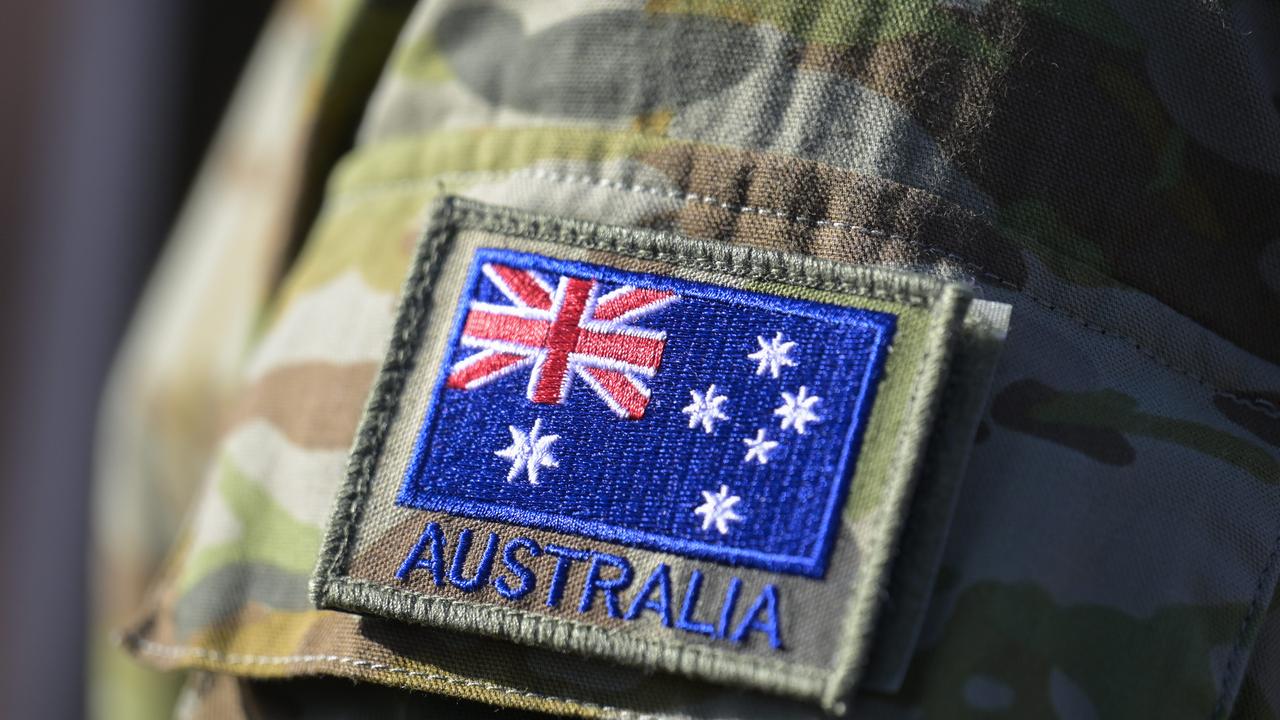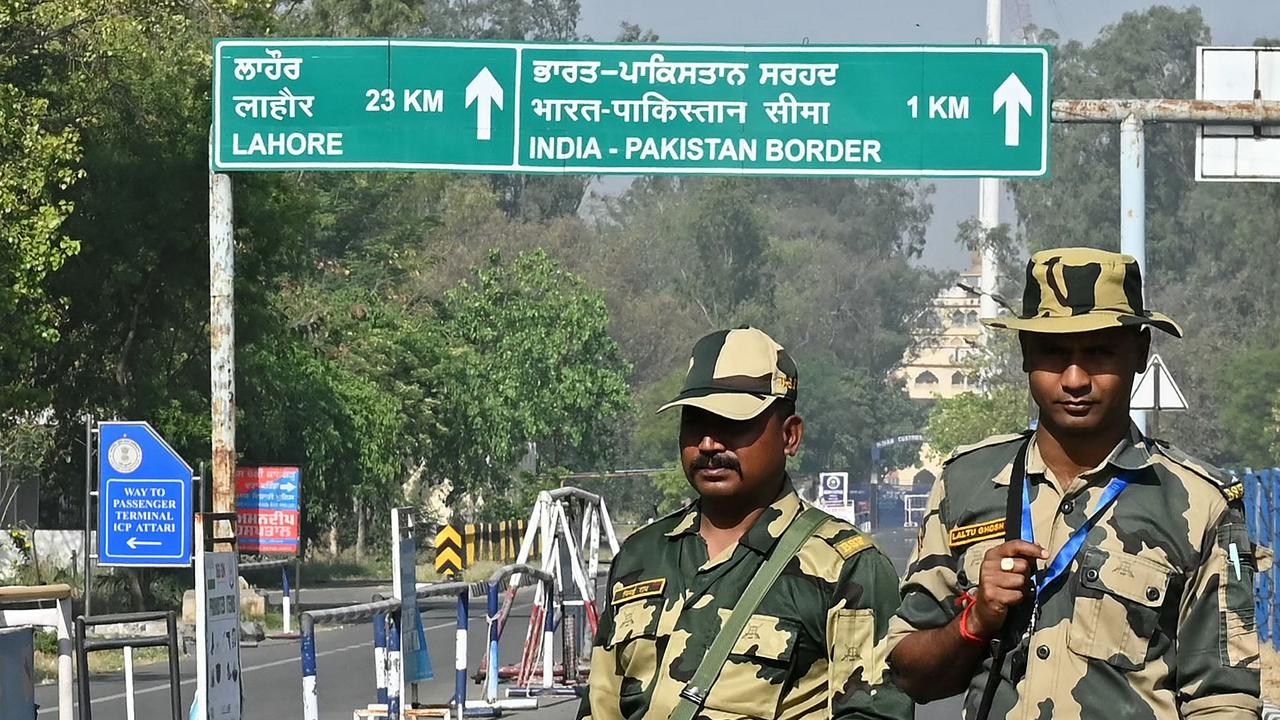India Cyclone Tauktae: 21 people dead and 96 missing as storm hits Mumbai
Twenty-one people are dead and nearly 100 are missing after a cyclone slammed into India’s west coast. It’s the strongest storm on record.
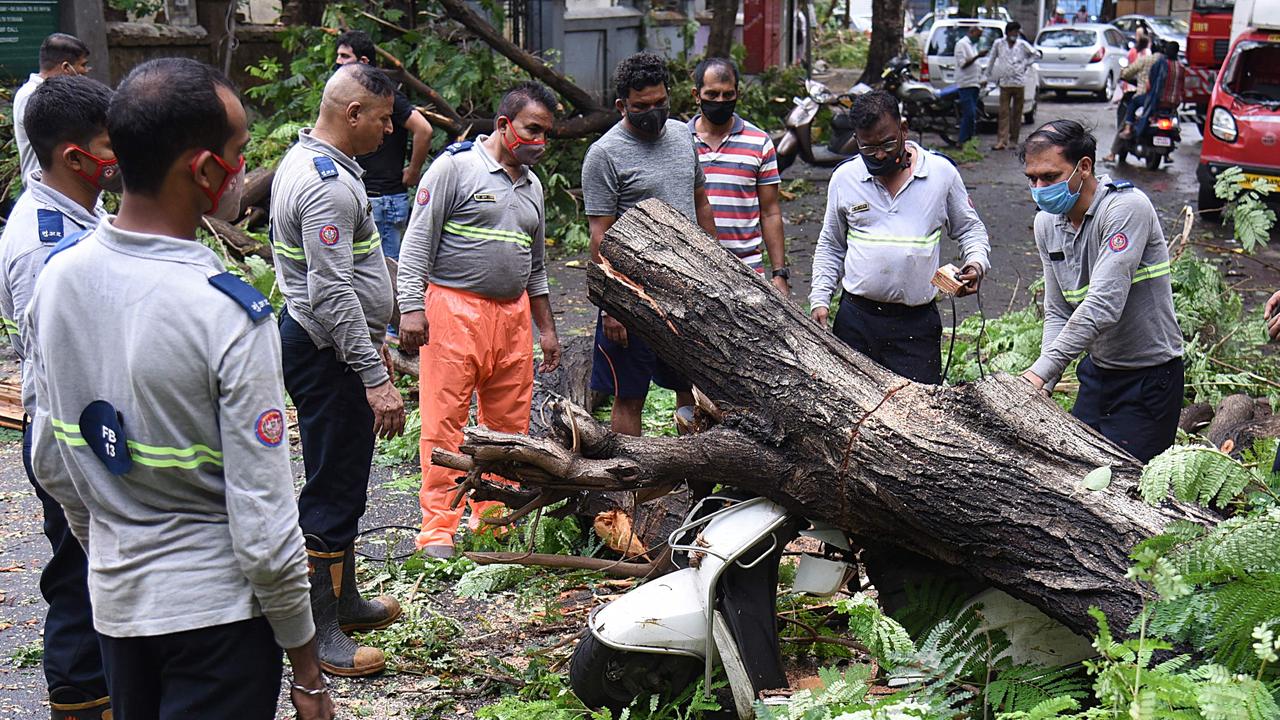
At least 21 people are dead and close to 100 missing after a monster cyclone slammed into India.
It’s the strongest storm on record to reach India’s west coast.
The storm is compounding the misery of millions who are currently enduring the nation’s devastating COVID-19 surge.
Hundreds of thousands of people were left without power after Cyclone Tauktae — one of a growing number of increasingly severe storms in the Arabian Sea attributed by experts to climate change — hammered the Gujarat coast with gusts of up to 185km/hr last night.
The colossal winds swept through homes and turned streets into rivers, uprooting trees and knocking down power lines. More than 200,000 people were evacuated.
“There’s going to be electricity cutting out for a very long time,” Yamani Varsani, who lives in Vadodara, told the ABC.
“They can’t even take care of the current situation of COVID and then we have cyclones, so everything is just piling up.”
The cyclonic storm “Tauktae” (pronounced as Tau’Te) has weakened into a deep depression. India Meteorological Department said the storm would further weaken into a depression within 12 hours.
However, the damage has already been considerable.
RELATED: Qantas defends bumping Aussies from flight

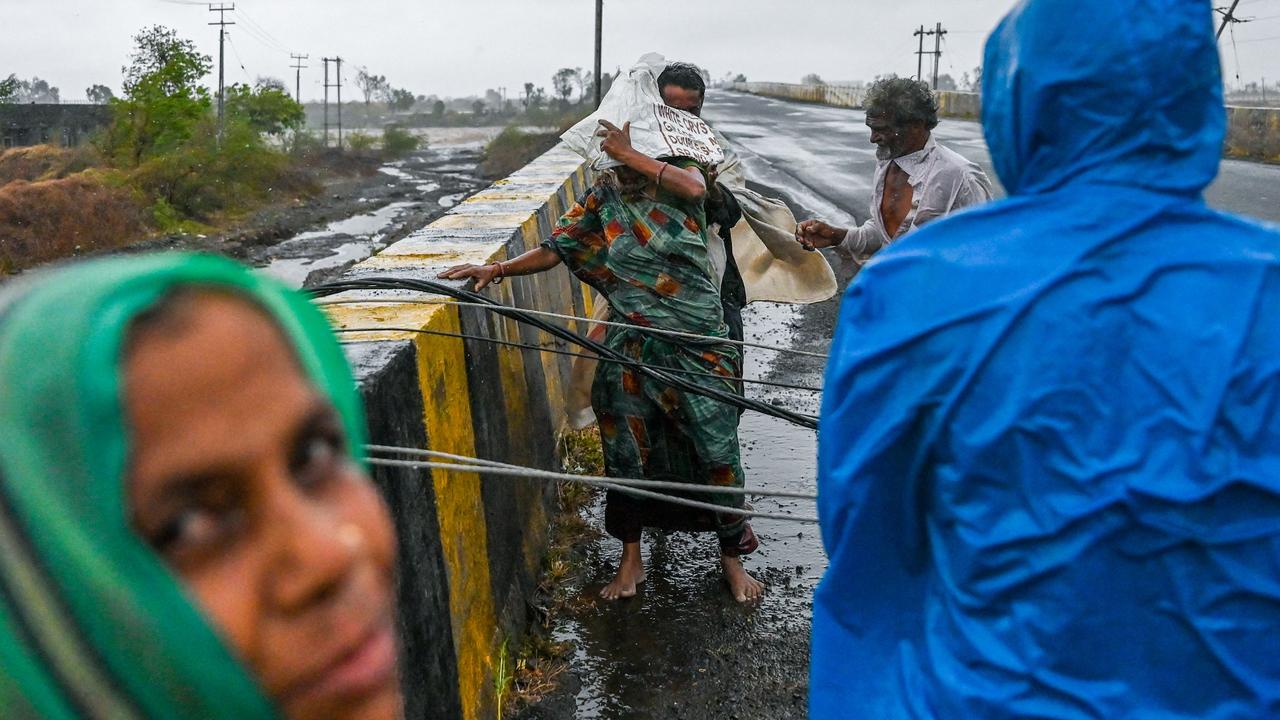
International Federation of Red Cross South Asia head of delegation, Udaya Regmi, said the cyclone was “a terrible double blow for millions of people in India whose families have been struck down by record COVID infections and deaths”.
“Many families are barely staying afloat,” Mr Regmi said.
Cyclone marks nation’s latest tragedy
The deadly weather system is just the latest horror to strike the nation of more than 1.3 billion, following an earthquake last month and multiple hospital fires — all while its health system is brought to its knees by a coronavirus surge that, while killing at least 4000 people daily, has pushed India to breaking point.
Monday’s cyclone led to the suspension of some vaccination efforts and sparked fears of an increased risk of transmission in crowded evacuation shelters.
Millions of residents are currently living under a mix of locally-imposed restrictions to help bring the virus under control.
In Mumbai — where a “well-enforced” lockdown is currently in place — the number of new cases plunged by nearly 70 per cent in the last week, now seeing fewer than 2000 a day and offering a glimmer of hope for the embattled nation.
Experts believe the steeply rising curve may finally be flattening, with new infections dipping below 300,000 for the first time in weeks yesterday — but it’s still too soon to say.
“The basic point is that there are no simple yes or no answers to a very complicated set of questions,” chair of the Lancet COVID-19 Commission India Task Force, Chandrika Bahadur, told CNN.
“In a country with such diversity, localised decisions, driven by a common science and evidence based approach, with a strong co-ordinated response is our best bet for success.”
Virus may have outrun India’s testing capabilities
A less encouraging reason behind an apparent plateau in cases could be that the virus has outrun India’s testing capabilities, particularly in India’s countryside where health resources are scarce and most Indians live.
President of the Public Health Foundation of India, K Srinath Reddy, warned a rural surge could be unfurling even as data lags far behind, telling AP “the transmission will be slower and lower, but it can still exact a big toll”.
RELATED: ‘Beloved’ Aussie dies of COVID in India
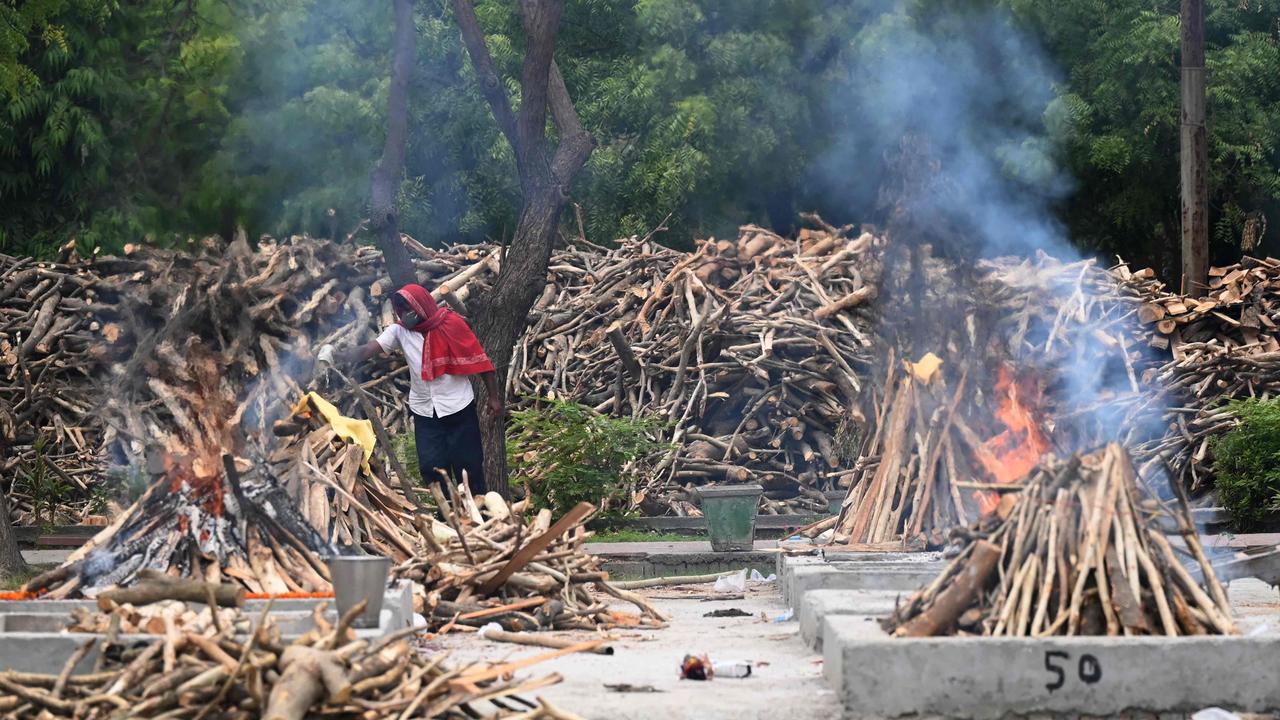
In big cities, testing has also become increasingly more difficult to access — with labs inundated and results taking days to come back.
While infections have more than tripled and reported deaths have gone up six times, testing has only increased by 2.6 times, University of Michigan biostatician Brahmer Mukherjee, who is tracking the virus in India, said.
Vaccinations have plummeted by 40 per cent, and with more than 3.6 million active cases, hospitals remain swamped by patients.
“The unfolding human tragedy has laid bare the deep-rooted problems plaguing India’s public health system after decades of neglect and underinvestment,” Sumathi Bala wrote for CNBC.
A report by research firm Fitch Solutions declared that despite several health care reforms and aid from other nations, including Australia, India remains badly placed to tackle the rest of the pandemic.
“With 9.5 hospital beds per 10,000 population and 8 physicians per 10,000, the country’s healthcare sector is not equipped for such a crisis,” the report stated.
“Moreover, the significant inefficiency, dysfunctioning and acute shortage of the healthcare delivery systems in public sector do not match up with the growing needs of the population.”
– with AFP


